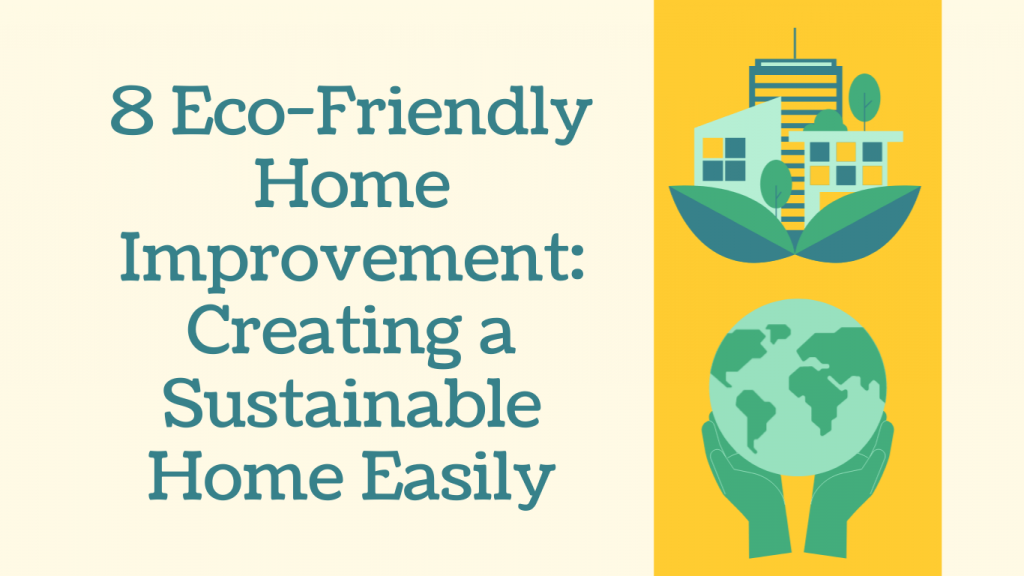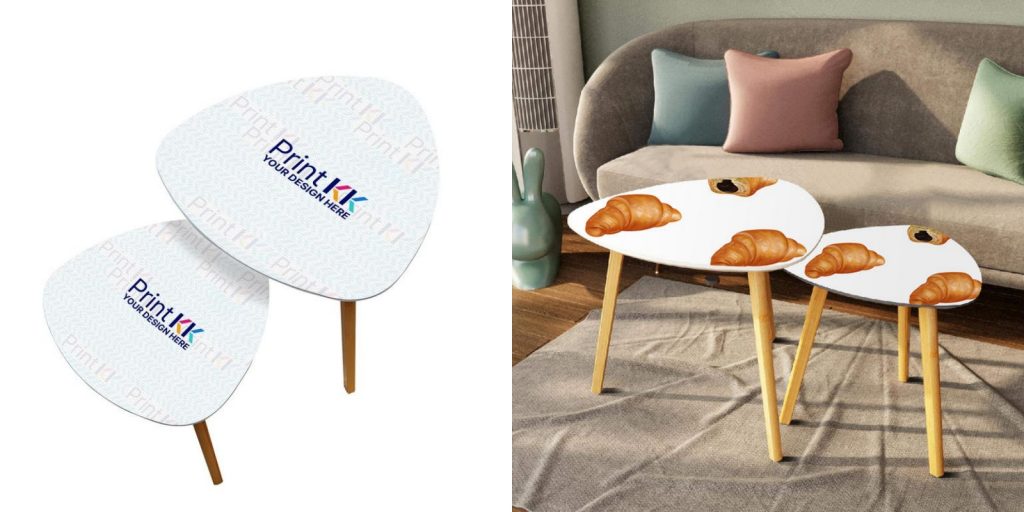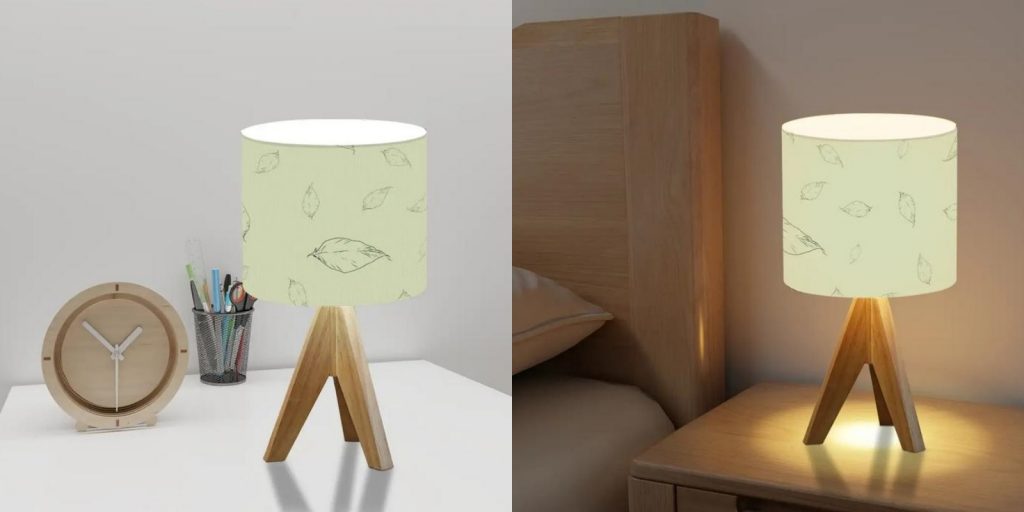Transforming your home into an eco-friendly space might sound challenging, but it’s easier than you think. With just a few intentional updates, you can reduce your environmental impact, create a healthier living space, and even cut down on energy costs.

This guide covers eight simple yet effective eco-friendly home improvements to help you build a sustainable home without overwhelming effort or expense. Ready to make a positive change that benefits both your home and the planet? Let’s get started on the journey to a greener, smarter home!
Why Choose Eco-Friendly Home Improvements?
Choosing eco-friendly home improvements is a powerful way to align your living space with sustainable values. Imagine this: small steps like choosing energy-efficient lighting, low-flow water fixtures, or recycled materials may seem minor, but they quickly add up, creating a significant impact over time.
Eco-friendly upgrades also bring financial benefits. Think of it as a long-term investment; these changes can lower utility bills and increase your home’s value while creating a healthier living environment. By making sustainable choices, you’re not only building a home that’s better for you and the planet but also setting an example that inspires others around you.
Every choice, no matter how small, adds to a home that reflects thoughtfulness, responsibility, and quality. Start with one change, and let each improvement bring you closer to a greener future.
8 Eco-Friendly Home Improvements for a Sustainable Home
1. Choose Sustainable Furniture and Decor
Consider decorating your home with print on demand home decor. These products allow you to show personality through unique designs, such as filling your space with gorgeous wall art or adorable pillows.
Print on demand platforms such as PrintKK typically use efficient production methods, printing items only when they are ordered, which reduces waste compared to traditional mass production. This way, you’re not only personalizing your space but also minimizing environmental impact.

Print on Demand Velvet Bordered Pillow Covers (Double-Sided Design)
2. Opt for Eco-Friendly Paints
If you’re planning a home refresh, consider using eco-friendly, low-VOC (volatile organic compounds) paints. These paints have fewer harmful chemicals, making them safer for both the environment and indoor air quality. Unlike conventional paints that emit toxic fumes, low-VOC paints are much healthier for you and your family.
Think of it like a breath of fresh air for your walls—your home feels cleaner, and you know you’ve chosen a healthier option. Eco-friendly paints now come in a variety of colors and finishes, so style doesn’t have to be sacrificed.
3. Invest in Sustainable Furniture
Sustainable furniture, made from reclaimed wood or recycled materials, adds character to your home while being eco-conscious. Choosing pieces with timeless designs can help you avoid fast furniture trends that contribute to waste.
Picture a beautiful coffee table crafted from reclaimed wood; it’s not only a conversation starter but also a reminder of the natural resources you’ve helped preserve. These pieces are built to last and often tell a story of craftsmanship, giving your home both style and sustainability.

Print on Demand Triangle Coffee Table Set of 2 (Made in USA)
4. Add Insulation to Reduce Energy Waste
Proper insulation is key to making your home energy-efficient, as it keeps temperatures stable without the need to overuse heating or cooling systems. Adding insulation in walls, attics, and floors is a bit like putting a cozy sweater on your home—it retains warmth in the winter and keeps it cool in the summer.
A well-insulated home is not only more comfortable but also significantly reduces energy bills, making it one of the smartest eco-friendly investments you can make.
5. Choose Recycled or Natural Textiles
When it comes to home textiles, such as curtains, rugs, and throw pillows, opt for materials made from natural fibers like organic cotton or recycled content. Imagine a living room decorated with soft, eco-friendly cotton pillows or a recycled wool throw blanket.
Not only are these items sustainable, but they also add a natural, cozy feel to your home. By choosing natural and recycled textiles, you reduce the demand for synthetic materials, which are often petroleum-based and harmful to the environment.
6. Switch to Energy-Efficient Lighting
A simple but powerful step toward a sustainable home is swapping out traditional bulbs for LED or energy-efficient lighting. These bulbs use significantly less energy, last longer, and reduce electricity costs.
Imagine each bulb as a small yet impactful change, casting your commitment to sustainability throughout your home. Start with high-traffic areas like kitchens and living rooms where lights are on most often. Not only does this change help the environment, but it also saves you money in the long run—a win-win.

Custom Printed on Demand Tripod Table Lamp
7. Install Water-Saving Fixtures
Upgrading to water-saving fixtures, such as low-flow showerheads and faucets, helps you conserve water without sacrificing performance. Every drop saved contributes to a more sustainable future, and the difference adds up over time. It’s like giving your home a little efficiency boost in every tap.
Water-saving fixtures are an easy switch that not only reduces water bills but also makes daily routines like showering and washing dishes feel less wasteful, knowing you’re conserving precious resources.
8. Install a Smart Thermostat
Installing a smart thermostat is a straightforward yet powerful upgrade to make your home more eco-friendly. Smart thermostats optimize energy usage by learning your daily routines and adjusting heating or cooling settings accordingly. They allow remote control via smartphone, so you can reduce energy use while you’re away.
For instance, the thermostat can lower the heating at night when everyone is cozy under blankets or reduce cooling during work hours when the house is empty. Over time, this small change not only lowers your energy bills but also decreases your carbon footprint.
Common Pitfalls to Avoid in Eco-Friendly Home Improvement
Going Overboard with Green Products
It’s tempting to go all-in on every eco-friendly product available, but too many upgrades can strain your budget and may not always yield significant environmental benefits. Focus on what aligns best with your lifestyle and needs rather than adopting every new sustainable option on the market. Thoughtful, strategic choices tend to have a more sustainable impact.
Overlooking Energy Efficiency Basics
Investing in renewable energy sources like solar panels is great, but don’t skip foundational steps like improving insulation, sealing windows, or upgrading to energy-efficient appliances. These simple fixes often reduce energy consumption drastically at a fraction of the cost.

Forgetting a Waste Management Plan
Renovations often create a lot of debris, and simply tossing out materials can be wasteful. Set up a plan for recycling or donating what you can—many items like fixtures or cabinets can find a second life with a little creativity. By managing waste thoughtfully, you can keep more items out of landfills and give your project a greener edge.
Choosing Materials Without Considering Durability
Sometimes, products marketed as “eco-friendly” don’t hold up as well over time. While they may look great initially, needing frequent replacements can increase waste and negate the environmental benefits. Opt for durable, long-lasting materials that won’t end up in the landfill after just a few years. Remember, sustainability is as much about lifespan as it is about the material itself.
Conclusion
Creating an eco-friendly home doesn’t have to be complicated or costly. By making thoughtful choices, you can build a more sustainable space that’s kind to both your wallet and the planet.
Remember, it’s about progress, not perfection—every small change adds up, whether it’s improving energy efficiency, using sustainable materials, or reducing waste.
Start with a few key updates and expand gradually. Embrace this journey as a chance to invest in a home that’s resilient, cost-effective, and healthier for you and your loved ones. Sustainable living is well within reach—let’s make the world a better place, one home improvement at a time!



